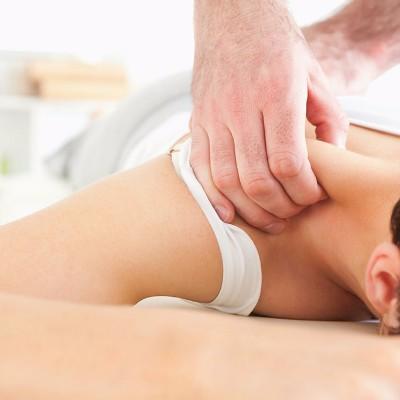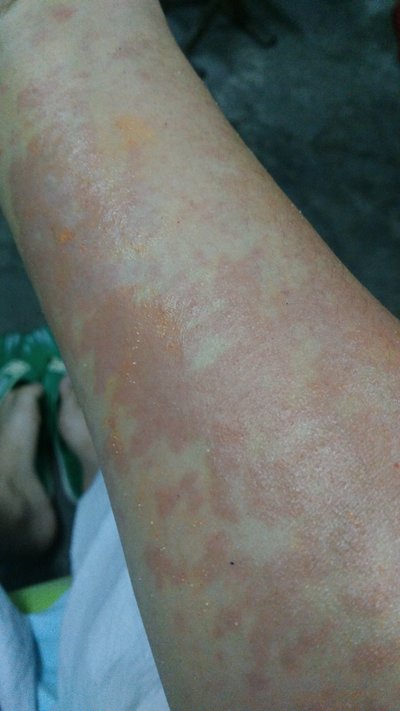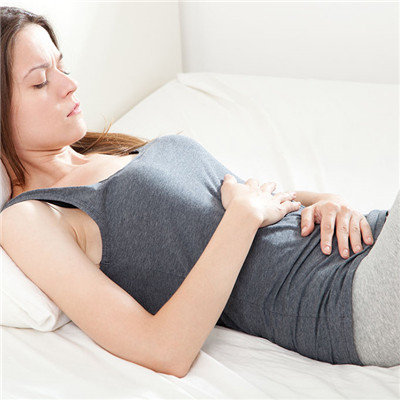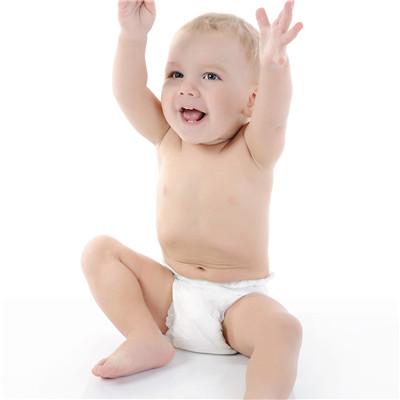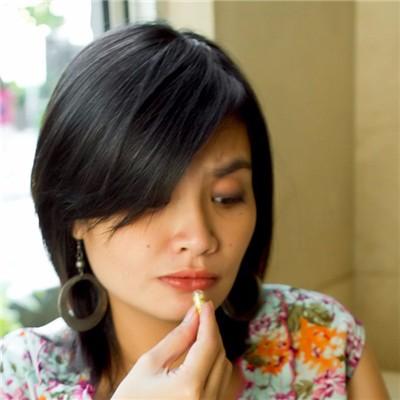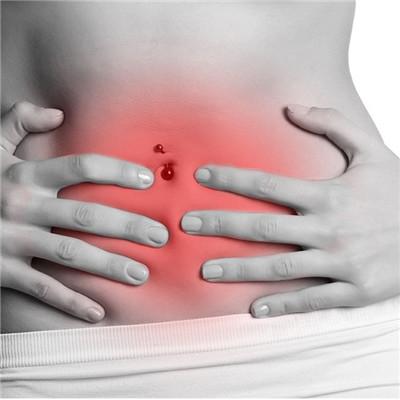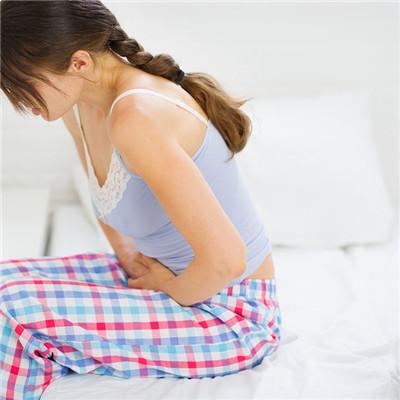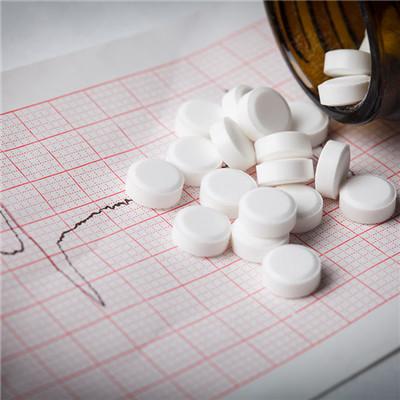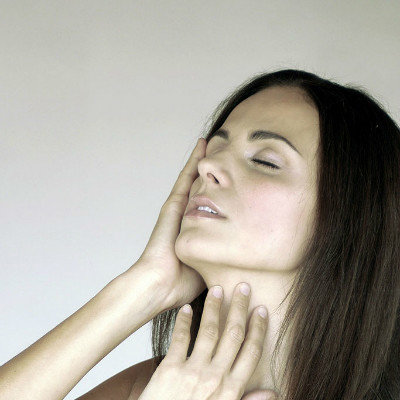Where is the jaw cyst?
summary
Jaw cyst refers to the cystic mass in the jaw, which gradually increases and the jaw expands. According to the etiology, it can be divided into odontogenic and non odontogenic. Odontogenic includes apical cyst, primordial cyst, odontogenic cyst and odontogenic keratocyst. Non odontogenic cysts include bulbar maxillary cyst, native palate cyst, median cyst and nasolabial cyst. Once the diagnosis is jaw cyst should be treated as soon as possible, do not drag, the more drag will be serious, diet, physical and mental aspects should be adjusted to be conducive to recovery, let's take a look at the following content.
Where is the jaw cyst?
First: the clinical manifestations of jaw cyst, at the beginning is no conscious symptoms, slowly jaw progressive painless swelling, slow progress, the larger behind the palpation have ping-pong ball like pressure spring feeling. X-ray showed cystic light transmission shadow in the jaw, with uniform dense white image edge, clear and smooth boundary. There were often diseased teeth or missing teeth and dead teeth in the mouth
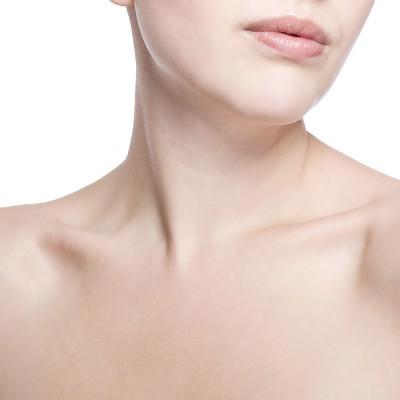
Second: once the diagnosis of jaw cyst, should be timely surgical treatment, in order to avoid causing adjacent teeth continue to shift and cause occlusal disorder, diet before operation, physical and mental aspects should be adjusted, after six months to review, to see the jaw recovery, in order to determine the follow-up treatment plan.
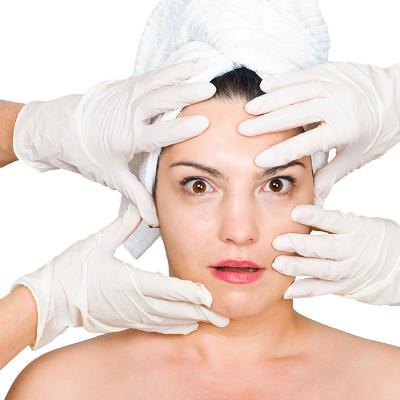
Third: when there are diseased teeth in the mouth, we must check as soon as possible in order to deal with them in time. The jaw cyst is suggested to be found early, diagnosed early and treated early. General cysts are slowly due to the development of the source teeth, if not treated, it will lead to greater jaw area damage, and even affect the loss of masticatory function, so it is necessary to check as soon as possible
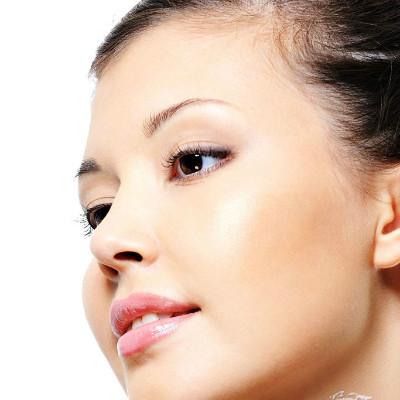
matters needing attention
For the prevention of this disease, early diagnosis and early treatment is the key to the prevention and treatment of this disease. In addition, we also need to pay attention to that most of the patients with this disease are related to dead pulp teeth. Therefore, we should treat the pulp lesions caused by trauma, caries or deformed teeth as soon as possible, which is of great significance to prevent or reduce the occurrence of apical cyst. 1. Diet should be light. 2. Eat more fresh fruits and vegetables. 3. Avoid spicy food. 4. Avoid smoking and drinking. 5. Avoid fried food.
